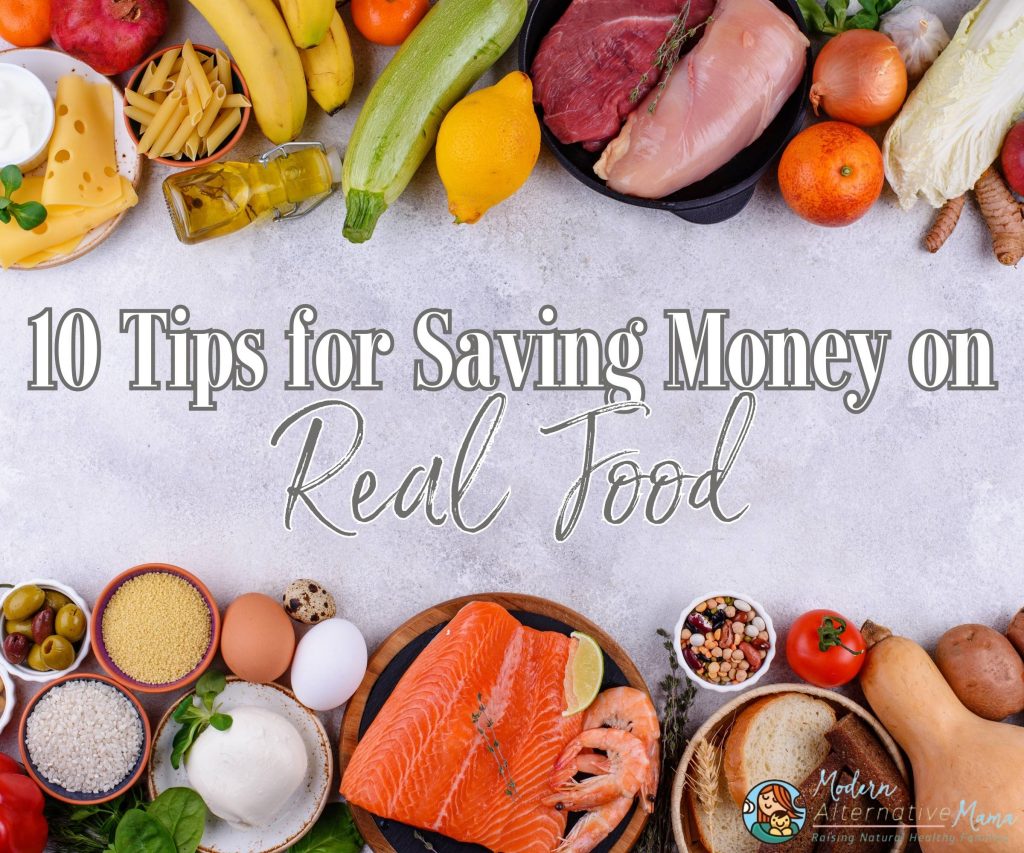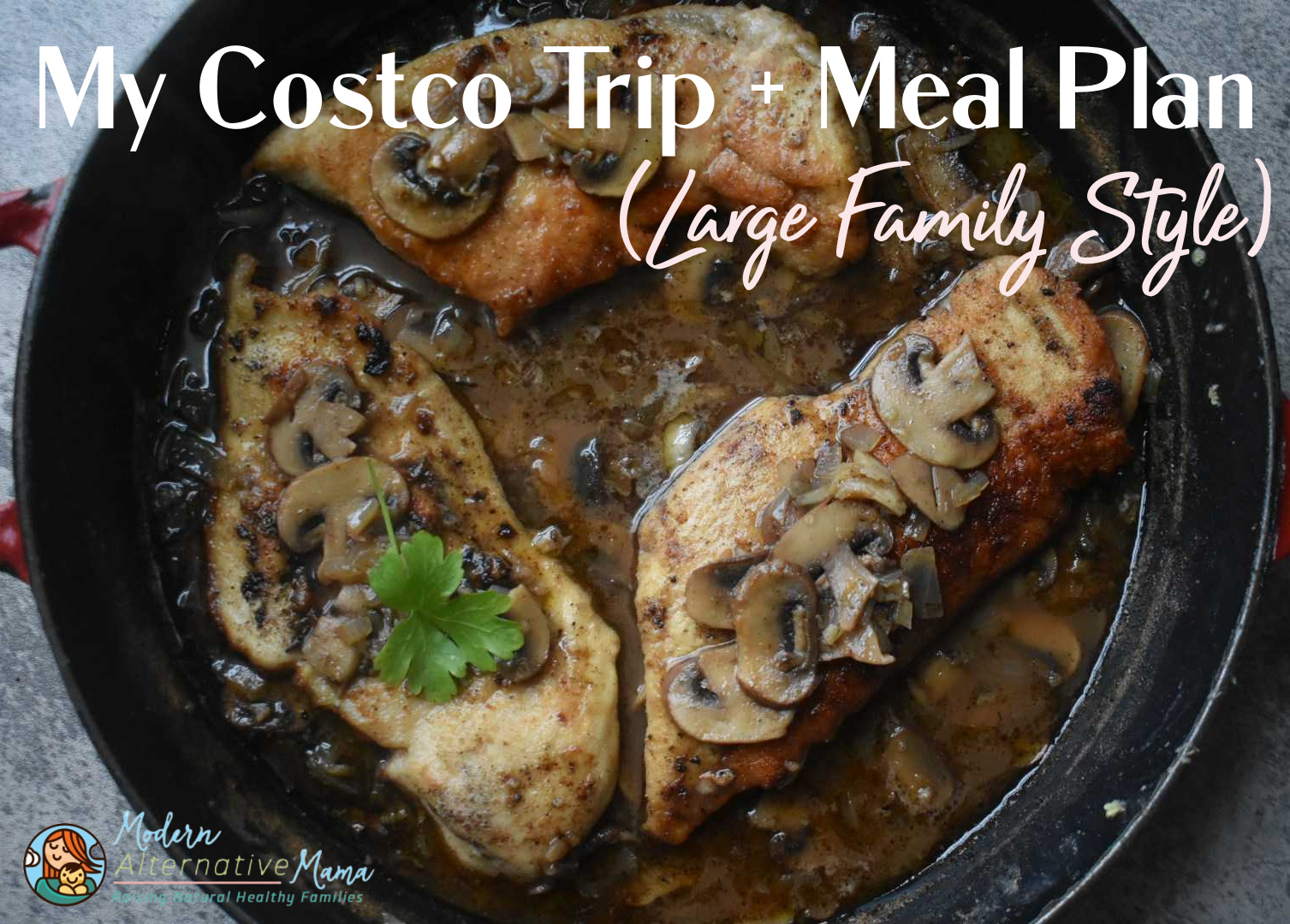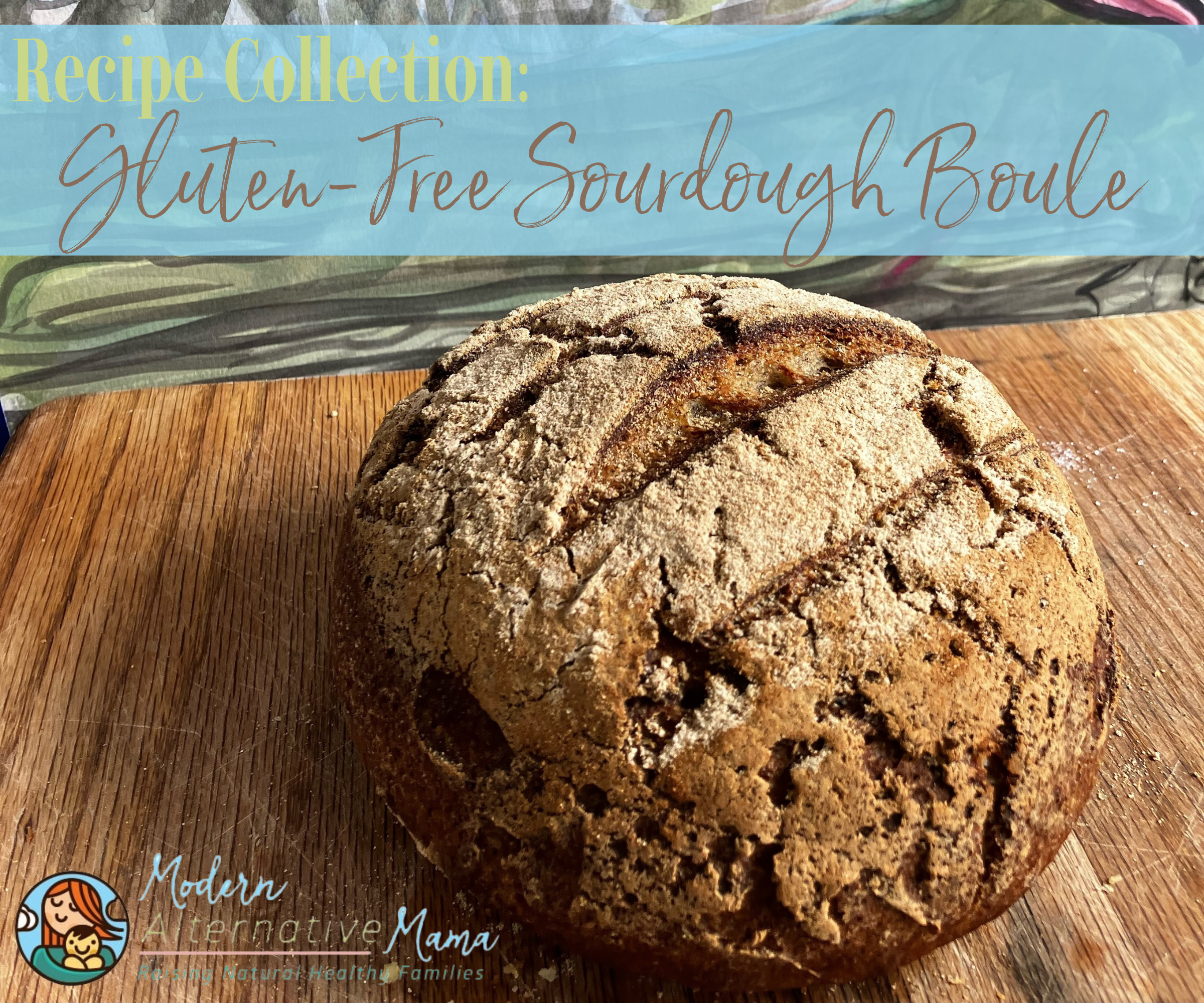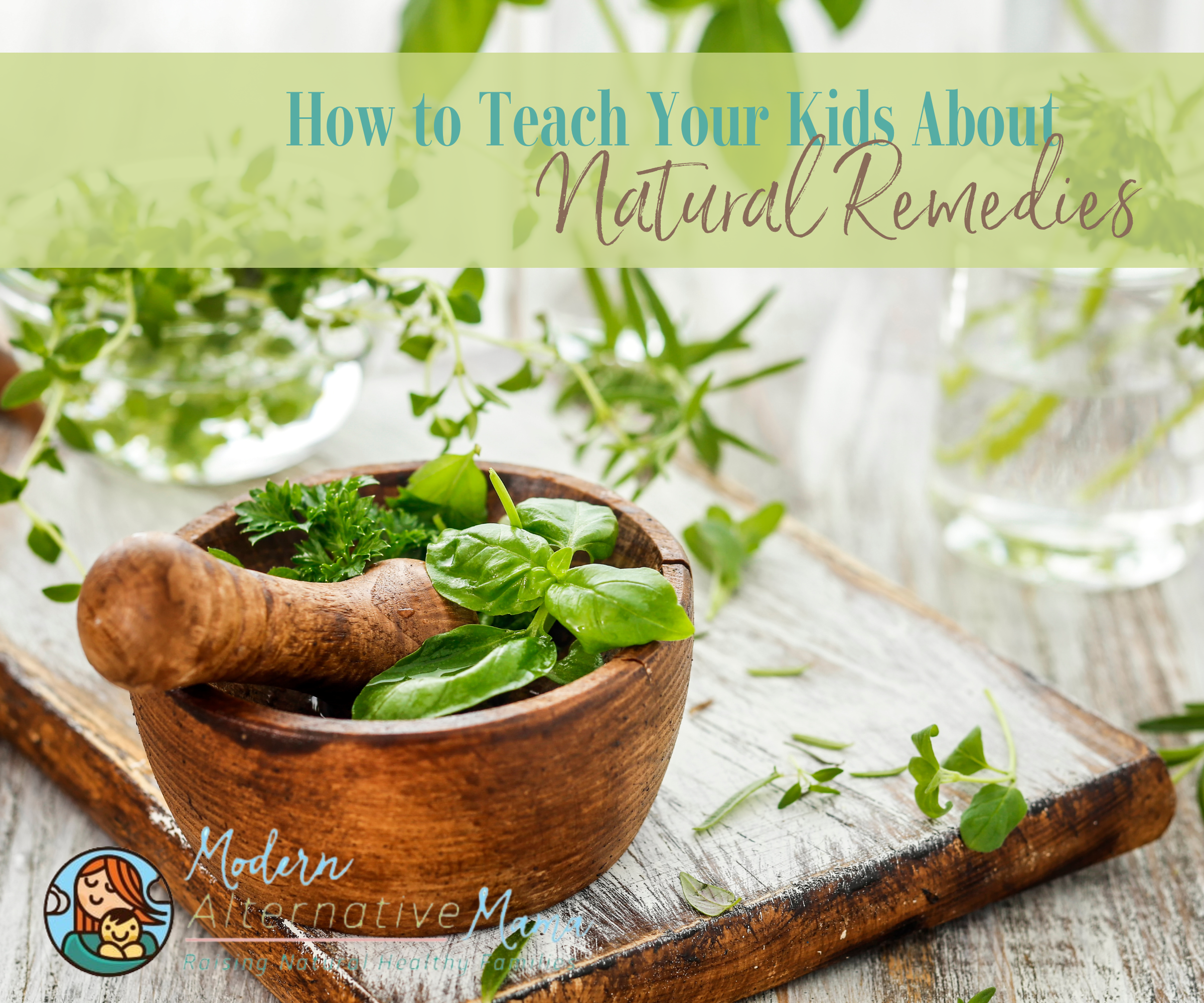This is a huge topic for many people. Our budgets are cut down, and grocery prices are rising. What’s a real food cook to do? The answer is often to make it work…somehow. But how? Saving money on real food is possible with these budget friendly tips.
Quality Food Costs More
Yes, it’s true: quality food costs more. When we’ve discussed the issue of saving money on real food on my Facebook page recently, several people have noted that we need to understand and appreciate this.
Some suggested that we would be better off not eating out, skipping many other forms of entertainment, buying clothes from thrift stores, etc. than buying cheaper food. I agree. We can’t have the expectation that we can cut the grocery budget to what it might be if we were choosing lower-quality ingredients, and we need to be willing to spend a little bit more when possible for truly healthy food.
But…what if you’re already minimizing other expenses so you can spend more on food? What if you simply can’t afford to spend more than you do, but you want to feed your family very well? Then what?
Saving money on real food is possible!
We do need to change our priorities. We do need to realize what good food actually costs, and prioritize it in our budgets. We shouldn’t expect to eat dirt cheap. We shouldn’t expect quality to cost as little as subsidized junk. If you have the room in your budget to expand what you spend on food, do it! It will be worth it. But if you don’t…let’s talk!
Saving Money on Real Food
So how do you go about saving money on real food…without sacrificing quality, or relying very heavily on grains as fillers? It can be done.
1) Use Everything
As much as possible, keep everything in your kitchen.
- Have a few bones left from some pork chops or chicken wings? Throw them in a pot with some water and make stock. Even if you only get a quart, that’s one more quart than you had before.
- Use large pieces of lemon zest to make some herbal tea, or use the zest to bake some muffins.
- Save your egg whites for macaroons or cheeseballs or another favorite dish.
- Toss the last of the wilting spinach in with your pasta or soup.
- Keep the carrot peels, ends of onions, and wilted celery to add to the stock pot.
- Feed your kids the last bits of cheese as a snack, or sprinkle them on top of your meal.
Literally, use everything.
2) Get Creative with Leftovers
Leftovers can certainly be eaten “as is” if you like them. But another method for saving money on real food is turning them into something else.
Some roasted chicken and cooked rice can easily be combined with stock and veggies for a very quick soup. Ground meat can be put in a grilled cheese sandwich, or spiced for taco salad, or mixed with eggs. A small amount of pasta can be tossed in a leftover soup to stretch for another meal. Find a way to use whatever’s in the fridge!
While we’re talking about “reusing,” try to reuse your other kitchen items. I wash out my plastic bags and stick them to the fridge to dry (a tip I got from Debra at Sweet Kisses and Dirty Dishes), then I reuse them. You can often reuse parchment paper too. Use whatever you can multiple times!
3) Make and Use Stock
If you haven’t started making chicken stock or beef stock yet, you need to. It’s a delicious and nutrient-dense food, and it really adds to your cooking. And it’s a great way to start saving money on real food! It also cuts down on the amount of meat you need. Making a sauce or gravy for the meat might mean you can cut down by 25 – 50% on the meat (we do this with my scrambled hamburger recipe — 3/4 lb. is plenty).
Stock can also be used to make soups, which of course stretches meat by allowing lots of cheap veggies too. Use it to cook rice in for a cheap and easy side dish that’s packed with nutrition. If you don’t have real stock in your kitchen (not boxed “broth”), you need to.
4) Add Fat
Fat helps you get full, and the right kinds of fat provide you with plenty of nutrients, too. Sometimes if I only have a small amount of meat and it’s the “star” of the meal, I’ll choose to cook it in coconut oil or lard in order to add calories and nutrients. Less money spent on meat means more saving money on real food.
While 1 lb. of baked chicken isn’t enough for my family, 1 lb. of fried chicken is. Drizzle a little extra olive oil over your salad, or mix coconut oil into your fruit smoothie. Adding fat will make everyone feel fuller, longer.
5) Stock Up on the Inexpensive
When we were talking about grocery spending recently, some people let me know they spent a lot — in some cases, a couple hundred dollars — just on produce, in one week. I probably could do that, if I bought what my family really likes to eat.
They would want several lbs. of apples, a few watermelons, a couple pineapples, several lbs. of grapes, avocados, etc. But I don’t buy those things very often because they are expensive.
Instead, I buy a bag of frozen pineapple tidbits for $1.50 and give it for occasional snacks or mixed into smoothies. In general, I choose the least expensive produce items I can find. My “inexpensive” staples include:
- Lettuce (in season)
- Celery
- Carrots
- Potatoes
- Bananas
- Strawberries (in season and frozen at home)
- Peaches (in season and frozen at home)
- Applesauce (in season and canned at home)
- Pears (in season and canned at home)
- Lemons
- Tomatoes/tomato sauce (in season and canned at home)
- Peas (frozen)
- Broccoli (frozen)
- Onions
- Green beans
- Mushrooms
- Green peppers (in season and frozen at home)
These are just my produce items. They are all around $1/lb. most of the time, some a bit less. Many of these are organic, or locally grown. When it comes to saving money on real food, focusing on these items instead of the more expensive grapes, cherries, watermelon, and any out-of-season produce helps keep the bill down.
I occasionally splurge and buy some frozen wild blueberries, but not very often. I also stock up on rice (brown basmati), beans (various types, organic), wheat berries, oats, and spices cheaply. I use the beans to add to soups or salads to stretch them out.
So my family doesn’t get certain foods they like very often…oh well. Those foods, healthy or not (like blueberries), are a treat because of their cost. We still quite an array of produce and no one’s deprived.
6) Choose Organic Wisely
I don’t buy everything organic. I couldn’t, and stick to a budget. If I bought top-quality everything, all organic, grass-fed, raw where necessary, etc. I’d double my budget for sure. I’m not in a position to do that right now. Instead, so I am saving money on real food, I choose anything on the “clean 15” list (the least sprayed crops) non-organic.
I buy quite a lot of non-organic broccoli and peas, for example, and usually onions as well. The majority of the produce on the dirty dozen list, I do purchase organic, except for rare treats. More expensive organic produce just isn’t on my shopping list.
7) Seek the Bottom Price
I’ve had friends and readers who are in the same area I am mention the prices they usually pay for items — and in some cases, it’s 2 – 3 times as much as I do. There’s no reason for that, because they have the same resources available to them that I do and could definitely be saving money on real food. They just aren’t aware of what’s out there!
If you need to, keep a physical list of your best price on various items. If you find a better source, make note of that. I usually pay $4 – $6/lb. for raw cheese; $50/gal. for maple syrup; $35/gal. for raw honey; $3/doz. for true pastured eggs, and so on. Check out Stacy’s prices for more.
I purposely seek out “seconds” at the store (produce that’s a bit overripe) or damaged packages or other good deals. I shop at 4 – 5 stores per trip (every other week) so that I can get the items at each store that are the best price. If I went to just one store I would probably spend 40 – 50% more than I do, and I might not even be able to get the quality that I do, depending on where I chose to shop.
If you want to be saving money on real food, look around until you find good prices, whether it’s local or online. Know how to compare prices (sometimes something will be sold at once place by the pound, and another place by the fluid ounce — these are often not the same! There are not always 16 fluid ounces in a pound).
Buy in bulk, and split it with a friend if you can’t afford it on your own. Always look for the best price. I’ve spent almost three years seeking the best prices on everything and I’ve nearly got it down to a science.
8) Sprout It or Ferment It
Have you tried sprouting or fermenting food yet? If not, you need to do it! Sprouting and fermenting food makes it more digestible, increases nutrient availability, and generally makes it “healthier” for you. You can buy sprouted and fermented foods, but you’ll pay a lot. A quart of pickles might be $6. A 16-oz. bottle of a fermented drink might be $3 – $5!
That will blow your budget for sure. If you can do it yourself, you can make quarts of fermented veggies for $1 or so, and gallons of fermented drinks for the same price. This is totally feasible and really a great way to get healthy food into your family while saving money on real food. It also reduces the need for probiotic supplements, which can be another big expense. Try these:
- Kombucha
- Water kefir
- Yogurt
- Dill pickles
- Sauerkraut
- Ginger carrots
- …fermenting whatever’s in season! (I’ll be experimenting this year)
9) DIY
Do it yourself. You can go to Whole Foods and buy in-house prepared salsas and dressings, and even real stock. But you’ll pay for it — a lot. Those things might be $5+ per quart or $10/lb. Not worth it. Instead, make all your own sauces, stock, dressings, and more. I can tomato sauce in large quantities each year.
I also do diced tomatoes, and this year I’m going to do tomato soup and possibly salsa. I make all my own salad dressing. I make my own spice mixes. Do all of these things yourself, and you save. A lot. Yes, it takes time. But if you do them in bulk where possible (like dry seasoning mixes, and of course canning/freezing), it’s not that big a deal and you’ll be saving money on real food.
10) Buy in Season, in Bulk
When food is abundant, stock up. When it’s in season, buy all you can afford and freeze or can it. When you see something marked down (that you will use), grab it. When you can buy the biggest container (and the price is really lowest — check, it’s not always the case!), do it. I hate buying smaller quantities most of the time because I know I can get a better price if I go big. Going big is a great way to start saving money on real food.
I just placed an order with my online buying group for coconut oil. I’m getting a gallon of raw coconut oil for $42. It was something like $28 for a half gallon…and I couldn’t stomach the idea of paying so much more per ounce!
I’m saving up as much money as I can to buy blueberries, apples, and pears when they come in season. There is a local farm where apples and pears will be just over $0.50/lb. and we will buy a lot. At that time the kids will be free to eat as much fresh fruit as they want. 🙂
We’ll can most of it. We canned over 300 jars of “stuff” last year, and frozen 15+ gallon-sized bags of “other stuff.” Even if you can only save $20 a week or a month, it’ll help you buy some extras in bulk or on sale when you run across them. It’s worth it.
Grocery Savings
These are my best tips for saving money on real food. I realize there’s kind of more than 10 in there, since I stuck a few similar ideas together. But this is generally how I do it. I’m shopping again today…anyone curious what I buy? (I’m struggling to keep my list short and costs down because I’m needing to replace a few bigger items….)








Excellent post, Kate! It is so helpful to have all of these ideas organized into one post to reference back to as I need it! What I would add to this is 1. Get creative and don’t think that just because a recipe calls for a certain item that it will be a flop without it. Learning to substitute ingredients can save a lot of money. 2. Beans, beans, and more beans (properly soaked, of course)! Beans can be added to almost any recipe and can make meat stretch further or eliminate the need for meat at all. We will often use homemade chicken stock and beans in a recipe and the recipe will then have the chicken flavor & necessary protein and fat without the cost.
Can anyone buy with the online buying group you use to buy coconut oil? (Or any other products!) I have been working to feed us very well, but I also need to keep our grocery budget down. Thank you for this post!
Good post! I do a lot of buying in bulk, in season, to put up and use in the off season. We were blessed recently to find pineapple at about $1 each. My final price for putting up pints of pineapple chunks was less than 50 cents a pint, and they taste way better than anything that comes out of a can! Mangoes are in season right now and I’ll be putting up jars of mangoes and mango salsa, soon. We also hit the U-pick farms, ask for better prices on larger quantities at the produce stands and farmer’s markets, and grow as much as possible. Oh, and we no longer have left overs. Nobody here likes to eat leftovers. So, I just got better about quantities. We still have to spend about $75 to $100 on our weekly shopping, but that includes other household goods like cleaning supplies and pet foods besides our food. I still think that’s pretty good for a family of four! Thanks again for the very good post!
That’s an incredible feat to get your budget down so small. Way to go! 🙂
I started using just whole chickens, or whole chickens pre-cut up by the butcher. I have an entire carcass to make stock with. Often I’ll cook up the meat, let it cool, then shred it and put it in the freezer. Makes a good, quick source of meat when I’m in a hurry. If you are part of a CSA, ask your farmer about worker-shares. My CSA does this. I work 4 hours a week on the farm and get all my veggies for free. My meat CSA is paid all at once for the year with my tax refunds – and I get a discount for paying it all up front. Averages to roughly $4/lb, for grass-fed and pastured meat and eggs. I don’t eat beans anymore, but when I did, I bought them dry. Much cheaper. I would cook up a big batch in the crock-pot and then freeze them in 2-cup portions. When you chop up veggies, chop the entire vegetable. Any extras you don’t need for the meal go into the freezer. I’ve significantly reduced the amount of veggies that go bad before I can get to them this way. And I always have a supply of already cut veggies, making it much faster to get dinner on the table on those busy nights.
[…] […]
This article was so helpful that I printed it out and am keeping it by my desk for rereading. I have an eight month old baby and read Real Food for Mother and Baby when she was born. I have been trying to serve my husband, baby, and myself real food ever since. It really doesn’t help that we live in one of the top ten most expensive zip codes in the suburbs of DC, the land of the $11 jar of local pickles. I’ve been going to 4-5 grocery stores a week to every other week to make it work, and thought I was a nut job for doing so until I read this post. A bunch of cilantro, for example, is 33 cents at WalMart and upwards of $2.50 everywhere else. Come on, people! 🙂
Questions: Where do you buy spices? Where do you buy other bulk stuff online? (It is overwhelming trying to navigate the entire web for the best deals on top of 4-5 grocery stores. I’ve stuck with Amazon Subscribe & Save for now because with my limited experience I haven’t been able to manage researching it.) Thank you, thank you!!
Hi Tara,
I buy spices locally, in Amish country. Mountain Rose Herbs has pretty good prices too if you wanted to buy them online (also good prices on herbs and some other bulk items). I hope that helps!
Thanks so much!
Depending on where you live, http://www.azurestandard.com can be a wonderful resource. It’s not very efficient for buying just a couple of things because of the minimum delivery charge, but I can get a lot of things cheaper there than at any grocery store. However, there are some things I can get cheaper at the stores if I shop around, so I always compare prices before ordering anything. Good luck!